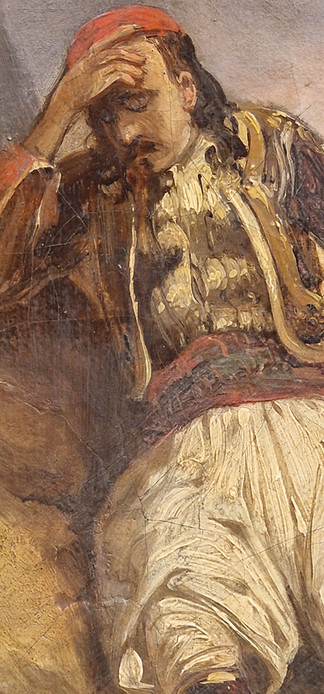THE PHILHELLENIC MUSEUM, ATHENS
- Eleni Kyriacou
- May 6
- 2 min read
Updated: Oct 15
In March I visited the Philhellenic Museum, Athens for the first time. This is probably the only museum in Athens (housing a permanent collection) that I can think of that has such a specialised theme. It is also a theme that many visitors may not be familiar with, and so I would have liked to have seen a very clear explanation on entry to the museum regarding what Philhellenism is.
Philhellenism is the love of Greece, its people, culture and history. In the context of art, it is normally referring to 18th & 19th century European art where many artists at the time were Philhellenic and explored Hellenic themes in their work. This ranged from their admiration of Greek antiquity and mythology to Greece’s struggle for independence (1821-1830) against the Ottoman empire. The art ranged from painting and sculpture to decorative arts such as ornate clocks and plates.
Rather than just being inspired aesthetically, these artists were often inspired more deeply, by Greek thinking and ideals such as democracy, ancient Greek philosophy and patriotism associated with the Greek Revolution and so on. These artists were therefore seen as being part of a movement which was both romantic and political.
This museum is therefore just as much about documenting history – and this Philhellenic movement - through its art as it is about the art for artistic merit. Two works stood out to me, one was a small painting by Delacroix titled Greek warrior at rest (early 1800s) and the other was a portrait of Katerina Botsari by Josef Stieler (1841). Botsari was the daughter of Markos Botsaris, a hero of the Greek war of independence.




















































Comments